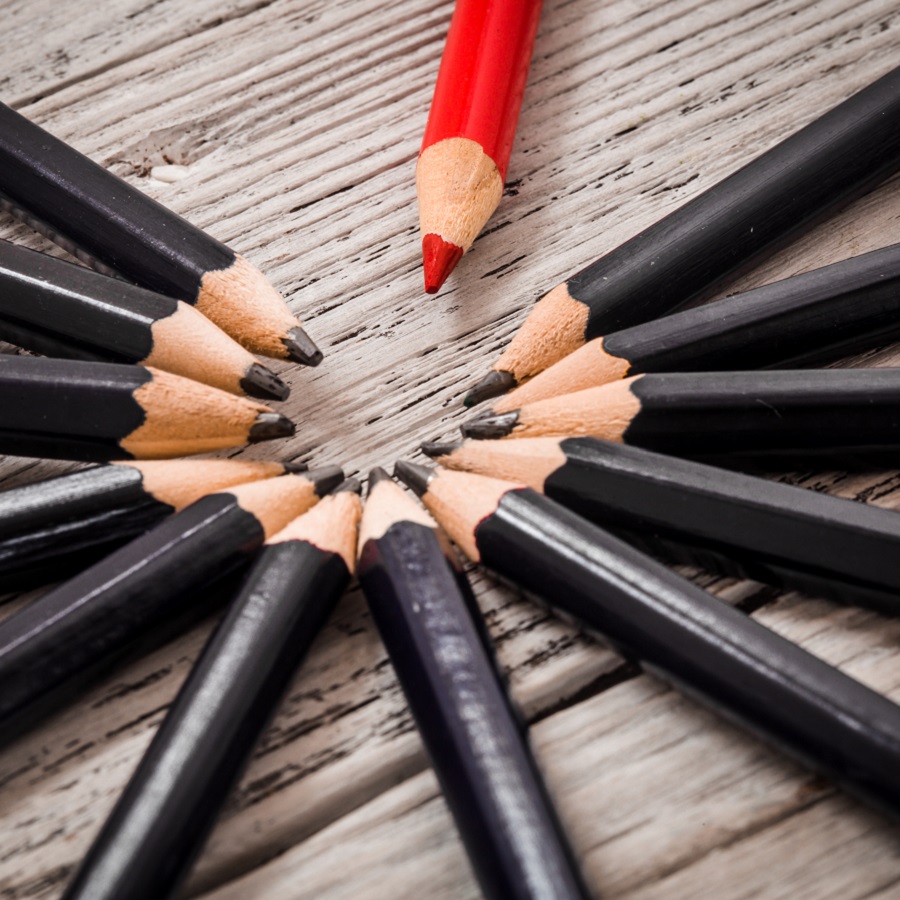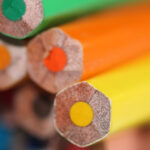Pencil sketch drawing is a timeless and captivating art form that has been cherished for centuries. From the delicate lines of a beginner’s sketch to the intricate details of a master’s piece, pencil sketches offer a unique blend of simplicity and depth that can be enjoyed by artists of all levels. In this article, we will explore the essential tools and materials needed for pencil sketch drawing, provide basic techniques for beginners, and share advanced tips for seasoned artists. Whether you are just starting out or looking to enhance your skills, this guide will help you navigate the fascinating world of pencil sketch drawing.
Essential Tools and Materials
To create stunning pencil sketches, you need the right tools and materials. The most important tool in your arsenal is, of course, the pencil. Pencils come in various grades, each suited to different aspects of a drawing. The most commonly used pencil grades in sketching include 2H, H, B, 2B, 4B, 6B, and 8B.

-
2H
: Ideal for light areas and fine details, 2H pencils are hard and perfect for outlining and drawing sharp lines. -
H
: Slightly softer than 2H, H pencils are great for highlighting and adding refined details. -
B
: With a softer texture, B pencils are suitable for shading and creating shadows. -
2B
: Perfect for mid-tones and blending shadows, 2B pencils are versatile and easy to control. -
4B
: These are soft pencils ideal for deeper shadows and darker areas. -
6B
: With a very soft lead, 6B pencils are excellent for large shadow areas and quick shading. -
8B
: The softest among the commonly used grades, 8B pencils produce the darkest tones and are great for intense shadow work.
In addition to pencils, high-quality paper is crucial for effective pencil sketch drawing. A good sketchpad with a smooth surface will allow for better control of the pencil and smoother shading. Other essential tools include erasers (both rubber and kneaded), blending stumps, and a sharpener. For a wide range of drawing kits and supplies, you can visit
cpencils
.
Basic Techniques for Beginners
Starting your journey in pencil sketch drawing can be both exciting and daunting. Here are some fundamental techniques to help you get started.

-
Hatching and Cross-Hatching
: These techniques involve drawing parallel lines (hatching) or intersecting lines (cross-hatching) to create shading and texture. -
Blending
: Using tools like blending stumps or even your fingers, you can smooth out pencil lines to create gradients and subtle transitions between light and shadow. -
Contour Drawing
: Focus on the outline of your subject to capture its shape and proportions accurately.
A practical tip for beginners is to practice drawing simple objects, such as fruits or household items, to master these techniques. Gradually, you can move on to more complex subjects. For more detailed guidance on basic sketching techniques, refer to resources like
Drawspace
.
Advanced Sketching Tips
For those who have mastered the basics and are ready to take their pencil sketch drawing to the next level, here are some advanced tips to consider:
-
Observation
: Pay close attention to the details of your subject. Notice the play of light and shadow, the texture, and the subtle nuances. This will help you create more realistic and detailed sketches. -
Layering
: Build up layers of pencil strokes to create depth and dimension in your drawings. Start with light strokes and gradually add darker tones. -
Refinement
: Use erasers not just for correcting mistakes but also for creating highlights and fine details. A kneaded eraser can be molded into various shapes to achieve precise effects.
For example, when sketching a portrait, begin with a light outline using a 2H pencil. Gradually add layers with B and 2B pencils to develop the mid-tones and shadows. Use 4B and 6B pencils for the darkest areas and final details. For high-quality pencils, check out
durzerd
.
Maintaining your tools is just as important as mastering techniques. Regularly sharpen your pencils to ensure they produce clean, sharp lines, and keep your erasers clean to avoid smudging your work. A well-maintained set of tools will enhance your drawing experience and the quality of your sketches.
By following these tips and continuously practicing, you can improve your pencil sketch drawing skills and create stunning works of art. Remember, the key to becoming a great sketch artist is patience, observation, and a willingness to experiment and learn.



